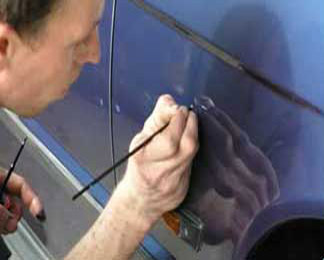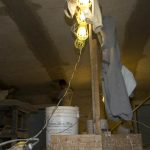A car looks beautiful especially without scratches and bumps. Aside from these common problems, it is also possible for rust to settle in and affect the overall appearance of your car. Not only car rust destroy how a car looks, but it can also make the car more susceptible to damages as it lessens the quality and durability of metal. For those who wish to keep their vehicles in tiptop shape, it is good to know how to fix rust on a car.
Materials Needed
For those who wish to fix rust on their cars, they need to have a number of important materials to complete this moderately challenging task. These include paint, primer and tack cloth. Likewise, it is good to have a dust rag, Bondo Glass or any other reinforced body filler, grit sandpaper and a sander. When these materials are available, you can start right away with this moderately challenging task.
Steps
Get the grit sandpaper and then use it on the rusty area. An orbital palm sander can actually make this task easier. A sanding attachment can be used with certain power drills. In case this is not available, it is just fine as long as you have grit sandpaper. Use this tool until you expose the metal underneath the rust and paint. A grinder is also a very effective tool in removing rust. It is very important to remove rust completely in order to prevent it from spreading further.
After removing all the rust that can be found on the body of your car, holes are more likely to appear on the surface. Solve this by applying Bondo Glass directly on the holes. In case there is no Bondo Glass available, you can use just any kind of reinforced body filler. When applying this, it is important to be quick because this kind of filler dries up fast. For small holes, let the filler dry up completely for about 20 minutes. However, this may take more time to dry for bigger rust repairs. If this is the case, allow the filler to dry overnight before continuing on this task.
Use the sandpaper on the repaired areas once the filler dries up completely. Get a nice clean cloth and then use it to remove the dust. For this step, you can also use compressed air for faster results. After you achieve a smooth finish, use compressed air once again to remove all the remaining dust on the surface of the car. Get the tack cloth and then use it to wipe the surface once more. Spray the primer evenly right on the damaged areas. Once the primer dries up, follow it up with the appropriate car paint. Allow the paint to dry completely before using.



